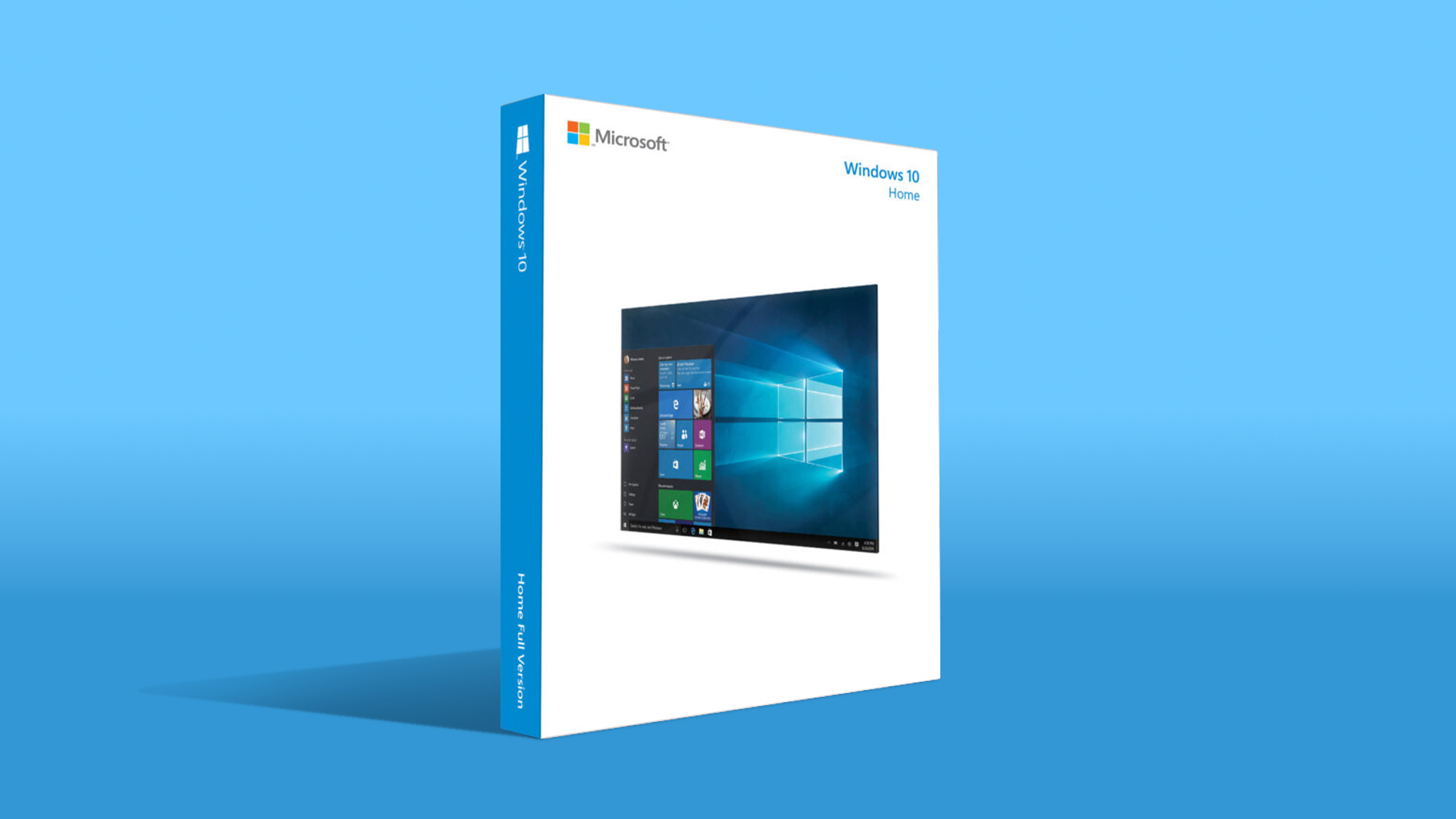
Microsoft will officially end support for Windows 10 on October 14, 2025. This means the company will no longer provide technical support or security updates for its operating system.
Microsoft will continue to support businesses using Windows 10 beyond its 2025 end-of-support date through Extended Security Updates (ESU).
However, Microsoft has recently revealed that regular consumers will also have access to vital ESU too — for a price.
Windows 10 Extended Security Updates: What you need to know
For the first time, consumer laptops and PCs can enroll in Microsoft's Extended Security Updates (ESU) program to receive major security updates throughout 2025 and into 2026.
While this will help to keep many machines secure for another year of use, this program is seen as a "last resort option" by Microsoft and won't offer the complete level of support Windows 10 users have previously had access to.
Sadly, Microsoft's ESU will only cover critical and important security updates. Those enrolled in the plan will still lose out on technical support, general bug fixes, and feature updates.
At this moment, Microsoft plans to offer consumer PCs a single year of ESU for a one-time $30 fee with the option to enroll becoming available closer to Windows 10's end-of-support date.
Windows 10 Extended Security Updates for business
Alternatively, businesses can enroll in Microsoft's ESU for up to three years, providing vital security fixes well into 2028. That said, the cost to businesses is much higher and will exponentially increase year-over-year.
- $61 for first year of Windows 10 ESU
- $122 for second year of Windows 10 ESU
- $244 for third year of Windows 10 ESU
Unfortunately, savvy business users looking to save money by purchasing only a single year of Microsoft's ESU will still be required to pay for prior updates.
If a business enrolls a machine for Windows 10 ESU in year two of the program (at a cost of $122), it will also be required to pay for the first year of updates ($61), raising the cumulative price to $183.
What to do when Windows 10 support ends
Whether you're a consumer or a business that opts for Microsoft's ESU or not, the fact remains that Windows 10 is slowly approaching its end of life.
While the ESU offered by Microsoft may add 1-3 years of additional support to your operating system, you will eventually need to make a decision on what to do when Windows 10 support ends.
Thankfully, there are plenty of options on the table that don't involve hoping and praying on Microsoft releasing Windows 12 within the next 12-months.
If your machine meets the hardware requirements, then upgrading to Windows 11 is the most obvious choice.
If your machine doesn't meet the minimum hardware requirements for Windows 11, then it may be time to invest in a new laptop. To help you on that path, Laptop Mag reviews laptops year-round to identify the best laptops and offers expert recommendations on how to choose your next notebook.
If you're dead set against Microsoft's latest operating system, then there's always the option of switching to an alternative operating system like Linux (which isn't as scary as you think).
Alternatively, you may wish leave behind Windows entirely, making the jump to macOS by investing in a new MacBook Pro or MacBook Air laptop, or using a more lightweight operating system in ChromeOS with one of the best Chromebooks.







